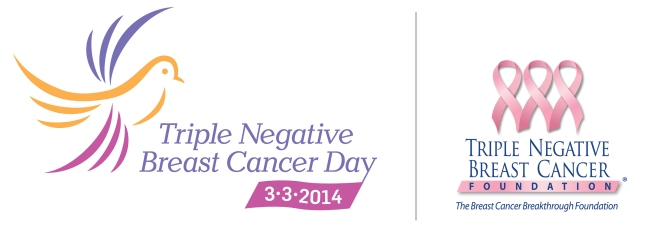One word…COLONOSCOPY.
Are you turning 50 soon? It is time to start planning for that colonoscopy!
March is National Colorectal Cancer Awareness Month. Therefore, we’re going to give you some valuable information that can potentially save your life. Remember, early detection is the best detection!
Colorectal cancer is cancer of the colon or rectum. It ranks #2 on the list of cancer deaths each year in the US. However, there are many tests that can catch early signs of colorectal cancer. Screening options include a colonoscopy, flexible sigmoidoscopy, and high-sensitivity FOBT. The first two screenings are typically done in an outpatient facility. This means patients will go home the same day. However, physicians and gastrointestinal specialists can typically perform the high-sensitivity FOBT screenings during an office visit.
Let’s talk about the different screening tools!
Most people have heard about how a colonoscopy works. However, it is helpful to know exactly what the test is looking for. Your gastrointestinal specialist will use a thin, flexible tube to look for any abnormalities like polyps or cancer in the entire colon. The camera and light attached to the tube will help your specialist see during this test. If your specialist sees anything abnormal, he or she typically will remove it and send it to pathology for further screening. This test should be done every ten (10) years.
A flexible sigmoidoscopy is very similar to a colonoscopy. However, your gastrointestinal specialist will use a similar but shorter tube. This test looks for the same abnormalities but in a different place. A flexible sigmoidoscopy focuses only on the rectum and the lower third of the colon. This test should be done every five (5) years.
A high-density FOBT test is a fancy name for a stool test. This screening tells your physician whether your stool contains blood or anti-bodies. The presence of these things may indicate abnormalities in the colon. This test should be done once a year.
Need to get your screenings but don’t have the funds? There are programs in place to assist! The CDC’s Colorectal Cancer Control Program provides assistance to people who cannot afford to get these tests done. The only qualifications are that you’re between the ages of 50 and 64, uninsured or underinsured, and have no other way of paying for the test (s).
Note: People with a family history of cancer may have different recommendations than the average person. Always consult your physician for the best screening recommendations.

Source: http://www.cdc.gov/cancer/dcpc/resources/features/ColorectalAwareness/




